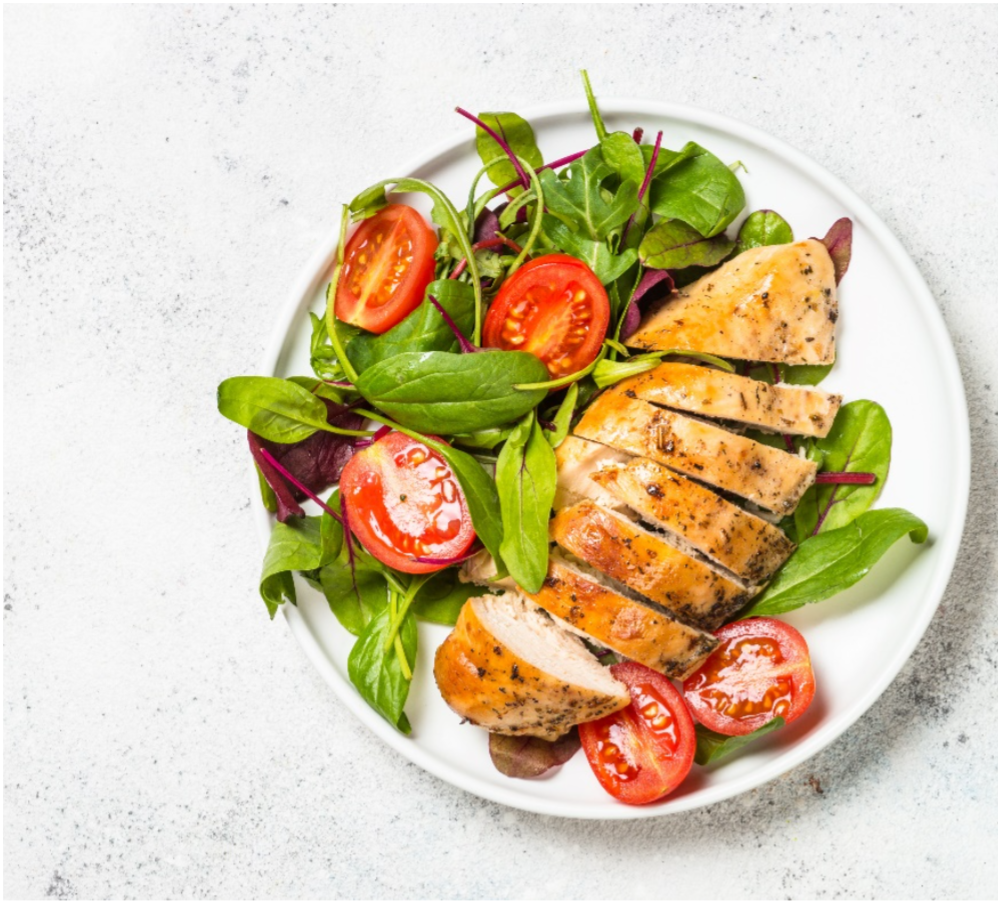A comprehensive wound assessment allows us to differentiate the etiology and identifying co-morbidities that will impact healing. This wound assessment will identify causes of chronic wounds and drive the plan of care for wound healing. As clinicians, we should follow the 6 Basics of Wound Care outlined below to expedite wound healing and improved outcomes.
1. Remove the Cause
Once the etiology(ies) of a wound are determined, we need to rely on the gold standards of treatment to form our plan of care. Regarding the common chronic ulcers: Pressure injuries need to be positioned and open areas off-loaded, venous leg ulcers need adequate compression, diabetic foot ulcers must be offloaded, arterial wounds need to be evaluated for blood flow. If gold standards are not followed, wound healing will not progress optimally. It’s also imperative to consider that some patients will have mixed wounds with more than one etiology.
2. Adequate Tissue Perfusion
Is this wound healable? Does it have adequate blood flow to heal? This is the decision tree we should follow. Do we have any vascular studies? Is re-vascularization needed? Should we progress with a plan to heal the wound or determine the wound needs palliative care. With palliative wound care, we will attempt to maintain the wound and to prevent infection without expectations for the wound to heal. (This does not mean the patient needs palliative care, only the wound.) Oxygen is necessary in each phase of healing, therefore, diseases that affect oxygen saturations and blood flow will negatively affect healing. Patients may benefit from revascularizations, medications, electrical stimulation treatments and/or HBOT to improve outcomes.
3. Adequate Nutrition
Full thickness wounds heal by granulation tissue formation, the wounds fill deficits with new tissue before they can close by epithelialization. To grow this tissue, our patients needs adequate nutrition. Nutrition is one of the most undervalued and overlooked aspects of wound healing. We should empower our patients to own their nutritional status from day 1.
Key components of nutrition include:
Protein intake of at least 1.25-1.5g/kg ideal bodyweight/day
Calorie intake of at least 30-35 kcal/kg of ideal bodyweight/day
Hydration of at least 1 mL of water per kcal
A good multi- vitamin and mineral supplement (OTC is fine)
4. Moist Wound Therapy
For more than 60 years, moist wound healing has been the wound care standard. Most topical dressings have one of 3 functions: add moisture, maintain moisture levels and/or control excessive moisture levels. Proper exudate management prevents a dry (dead) wound or a wet wound which lead to maceration of the periwound skin. In addition to these basics, advanced wound care products allow us to extend wear time, decreasing the frequency of dressing changes. Specialty compression and antimicrobial topicals provide wound care solutions to specific wound needs.
5. Remove the Necrotic Tissue and other barriers to healing
Necrotic tissue, epibole and hypergranulation all pose as barriers to wound healing. Slough and eschar are forms of necrotic tissue that not only act a physical barrier to wound closure, they are also a food source for bacteria. While slough and eschar are present, the wound continues in the inflammatory healing phase and healing is delayed. Removing the necrotic tissue as quickly as possible should be a high priority for the plan of care. Epibole is a rolled edge on a wound. It occurs when the epidermis has grown over and around the edges. This also creates a delay in wound healing. The body thinks the wound is healed. Expeditious removal of epibole is necessary for wound healing to resume. Hypergranulation, another form of abnormal healing, occurs when the granulation tissue grows higher than the wound margins. Re-epithelialization is inhibited because the new epidermal cells will not climb up the hypergranulated tissue. As with epibole, debridement of this tissue is imperative in order for the wound to resurface with epithelial tissue.
6. Manage the Bioburden
All wounds are contaminated, and according to the journal Microorganisms (Microbial Biofilms and Chronic Wounds), studies show that 60-70% of chronic wounds have a biofilm. Managing the bioburden effectively in the wound is crucial to support healing. Good wound hygiene will manage most biofilms in patients with active immune systems. Unfortunately, patients with compromised immune systems or high levels of bioburden may not be able effectively manage the bioburden or biofilm without assistance. Clinicians will need to utilize products that are effective against bioburdens in the wound.
Addressing the basics of wound care will improve wound healing outcomes and give us criteria to determine if other advanced modalities are needed to heal the wound. Reimbursement of some advanced wound care treatments is also contingent upon 30 days of appropriate wound care following these basics. Chronic wounds reflect complex disease processes that delay normal healing. Understanding and applying the 6 basics of wound care will put us on the right path toward wound resolution.
Until next time,
Heal wounds, Save Limbs and Save Lives!
Denise Richlen PT, DWC, DWC, CLT – Archangel VP of Clinical Education
